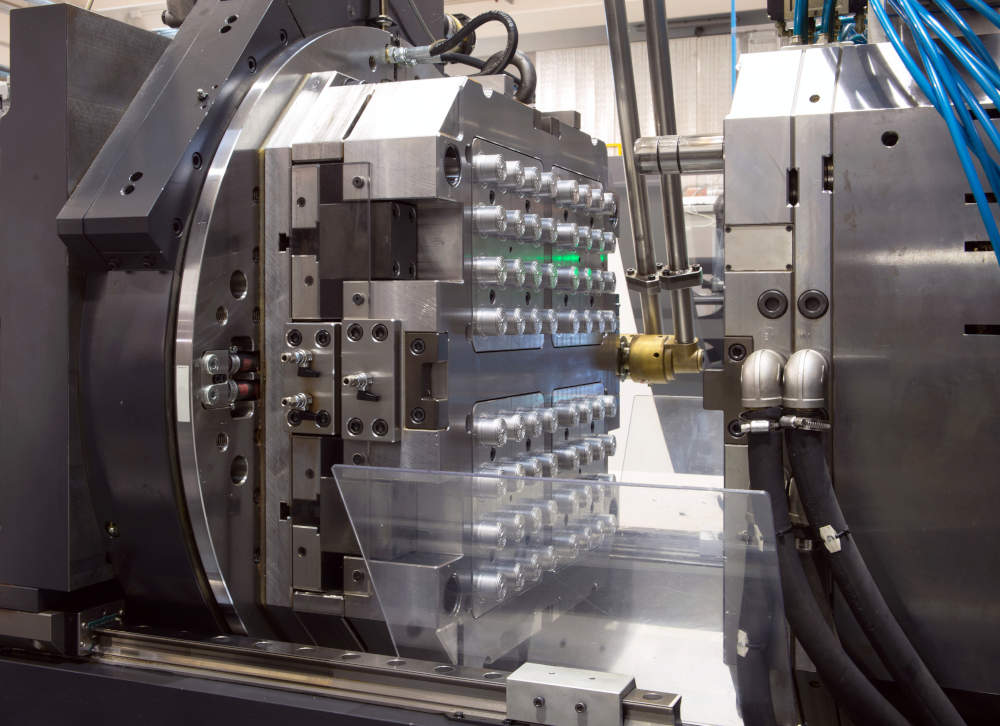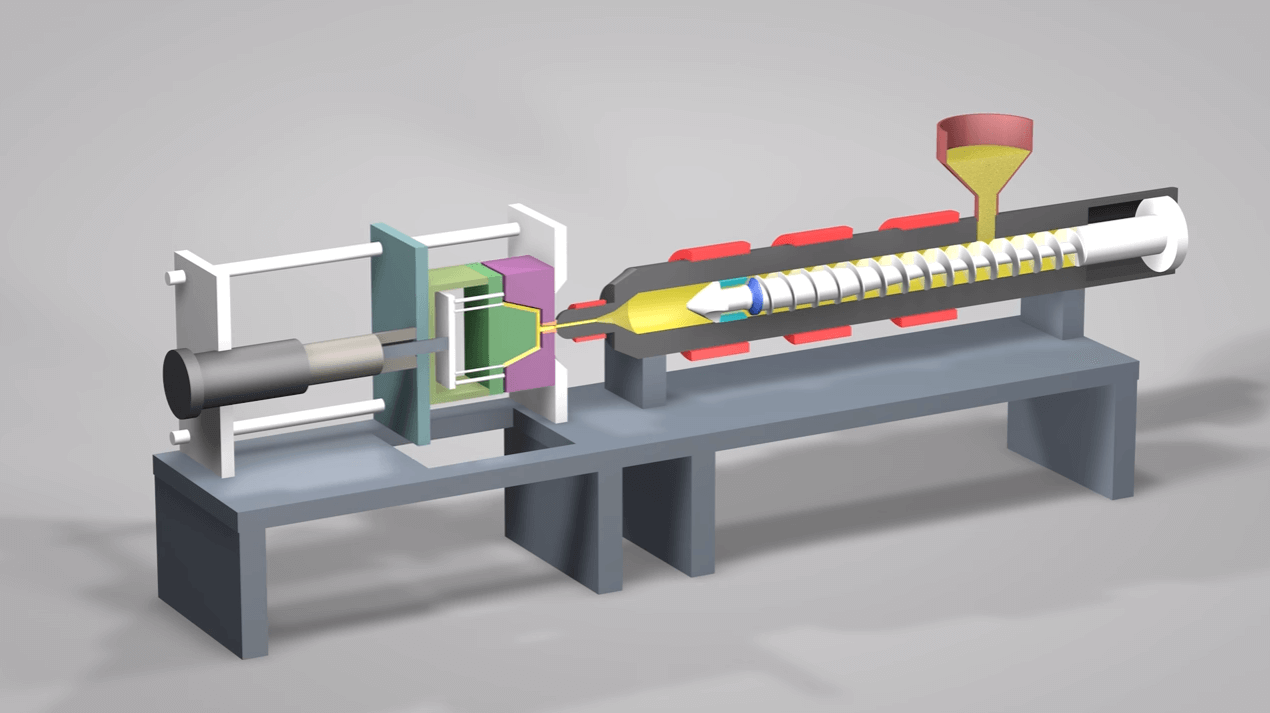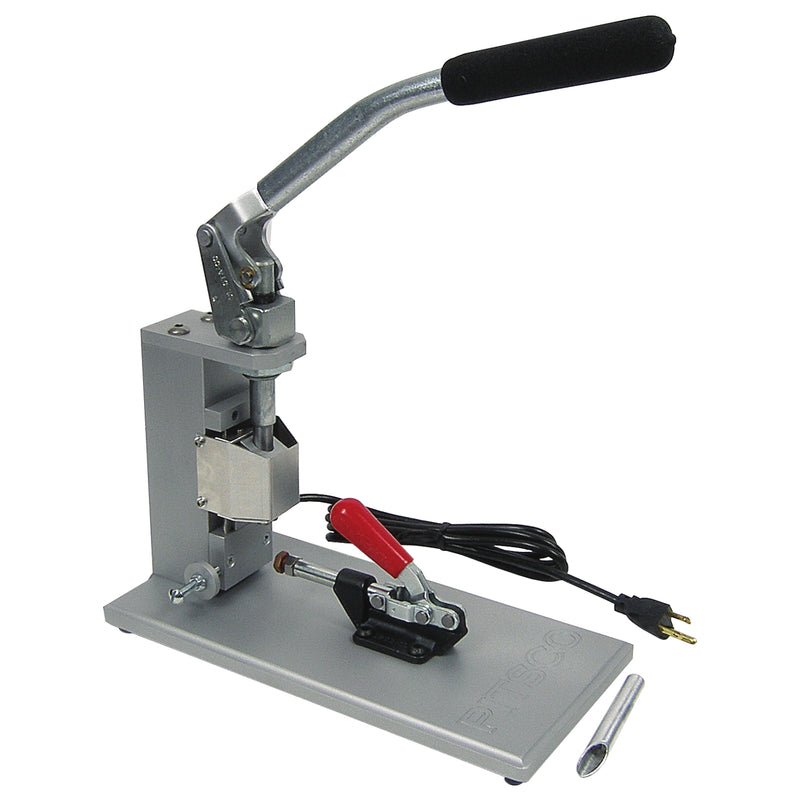Exactly How Plastic Injection Molding Guarantees Consistency and Accuracy in Production
Exactly How Plastic Injection Molding Guarantees Consistency and Accuracy in Production
Blog Article
Understanding the Basics of Plastic Injection Molding Procedures
Plastic injection molding serves as a cornerstone of modern manufacturing, supplying a systematic method to creating complicated elements with precision. Exploring these necessary aspects could disclose exactly how even small changes can lead to significant renovations in manufacturing outcomes, elevating concerns concerning the possibility for innovation in this well-known procedure.
What Is Plastic Shot Molding?
Plastic shot molding is a commonly made use of production procedure that changes thermosetting and thermoplastic products right into accurate and intricate forms. This method is preferred for its capability to produce high volumes of the same parts with exceptional accuracy, making it an essential approach in various markets, including auto, durable goods, and clinical gadgets.
The procedure involves thawing the chosen plastic product and infusing it right into a mold and mildew under high pressure. The mold, created to the specs of the desired part, enables the liquified plastic to form as it cools down and solidifies. Once the material has set, the mold and mildew is opened, and the completed element is ejected.
Plastic shot molding supplies numerous benefits, including reduced waste, consistency in production, and the ability to integrate detailed designs that may be challenging with other producing techniques. Furthermore, it sustains a wide series of materials, each providing unique residential or commercial properties that can be tailored for details applications. As sectors remain to introduce, plastic shot molding stays at the leading edge, making it possible for the development of advanced items that fulfill advancing customer demands.
The Injection Molding Refine
The shot molding procedure is an innovative method that involves a number of essential stages to produce premium plastic parts. At first, plastic pellets are fed into a heated barrel where they are melted into a thick fluid. This molten plastic is after that infused under high pressure right into a precision-engineered mold and mildew, which shapes the product right into the wanted form.
As soon as the mold is filled, the plastic is enabled to strengthen and cool, taking the form of the mold dental caries. Air conditioning time is important, as it affects the cycle time and the final properties of the shaped part. After sufficient cooling, the mold and mildew opens, and the finished element is expelled using ejector pins.

Materials Utilized in Injection Molding
Different products can be utilized in the injection molding process, each offering unique buildings that cater to specific applications. The most frequently used products consist of thermoplastics, thermosetting plastics, and elastomers.

Thermosetting plastics, like epoxy and phenolic materials, undergo a chemical adjustment during the healing process, leading to an inflexible, inflexible framework. These products are perfect for applications calling for high warm resistance and architectural integrity, commonly used in vehicle components and electric insulators.
Elastomers, including silicone and rubber-based materials, give flexibility and strength. Their distinct buildings make them suitable for applications that require elasticity, such as seals and gaskets.
Furthermore, specialized materials like bio-based plastics and compounds are getting traction for their environmental advantages and improved efficiency features, widening the extent of injection molding applications in various industries. Comprehending the properties of these materials is important for choosing the proper type for details tasks.
Benefits of Shot Molding
Shot molding stands apart as a highly reliable production procedure that supplies countless benefits for generating complex parts with precision. Among one of the most significant advantages is the capacity to develop complex styles that would certainly be difficult or impossible to attain with various other methods (Plastic Injection Molding). The procedure Discover More enables thorough functions and tight tolerances, making certain high-grade parts
Furthermore, injection molding is recognized for its rapid manufacturing abilities, making it a suitable option for high-volume manufacturing. Once the mold and mildew is produced, parts can be generated quickly, reducing preparations and enhancing overall productivity. This performance not only decreases manufacturing expenses but additionally offers an affordable side in the marketplace.
The adaptability of materials utilized in injection molding better improves its allure. A large range of thermoplastics and thermosetting polymers can be utilized, permitting producers to pick materials that ideal satisfy their details requirements, including strength, heat, and adaptability resistance.
Furthermore, the procedure decreases waste, as excess product can often be reused my company and reused. This sustainability aspect adds to a reduced environmental effect, making shot molding a liable production choice. Generally, the benefits of shot molding make it a recommended technique for several sectors.
Elements Impacting Product Quality
While various aspects can influence item top quality in shot molding, recognizing these elements is vital for attaining optimum outcomes. Trick aspects consist of product choice, refining criteria, and mold and mildew layout.
Product selection plays an important function, as different polymers display one-of-a-kind homes that impact flowability, stamina, and thermal stability. Insufficient product option can click for more result in problems such as warping or incomplete dental filling.
Processing specifications, consisting of temperature level, stress, and cycle time, need to be diligently controlled. Variants in these settings can result in inconsistencies partly dimensions and surface area coating. For instance, excessively high temperature levels might trigger degradation of the polymer, while poor stress can lead to short shots.
Mold and mildew style is equally vital, as it establishes the circulation of the molten plastic and the cooling process. Poorly created mold and mildews may bring about unequal cooling prices, resulting in recurring tensions and dimensional mistakes.

Verdict
To conclude, plastic injection molding serves as a crucial manufacturing process that allows the effective production of premium parts. Proficiency of the shot molding process, including the understanding of products and the impact of numerous variables on item high quality, is crucial for attaining optimum outcomes. The advantages of this approach, such as cost-effectiveness and style versatility, further underscore its relevance across several markets, solidifying its condition as a recommended selection for high-volume production.
Plastic injection molding offers as a cornerstone of contemporary manufacturing, providing a systematic technique to generating complicated components with accuracy.Plastic injection molding provides several benefits, including reduced waste, uniformity in manufacturing, and the ability to incorporate complex styles that may be testing with other making methods (Plastic Injection Molding). As markets continue to introduce, plastic injection molding stays at the leading edge, allowing the development of sophisticated products that satisfy advancing customer demands
The injection molding process is a sophisticated strategy that involves numerous crucial phases to create high-quality plastic components.In final thought, plastic injection molding offers as a vital production procedure that enables the effective production of high-quality components.
Report this page